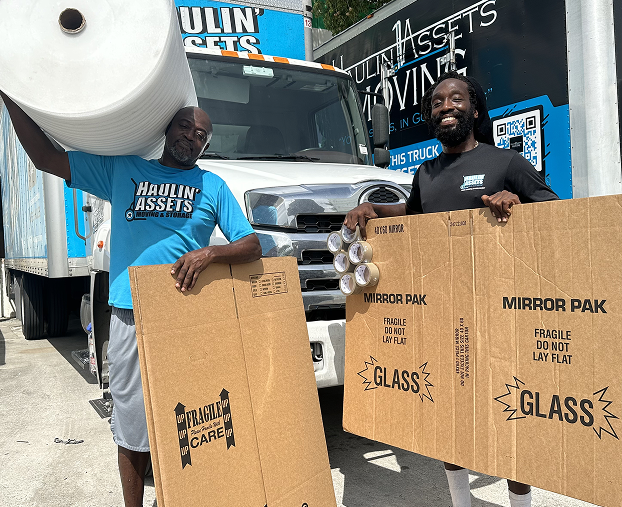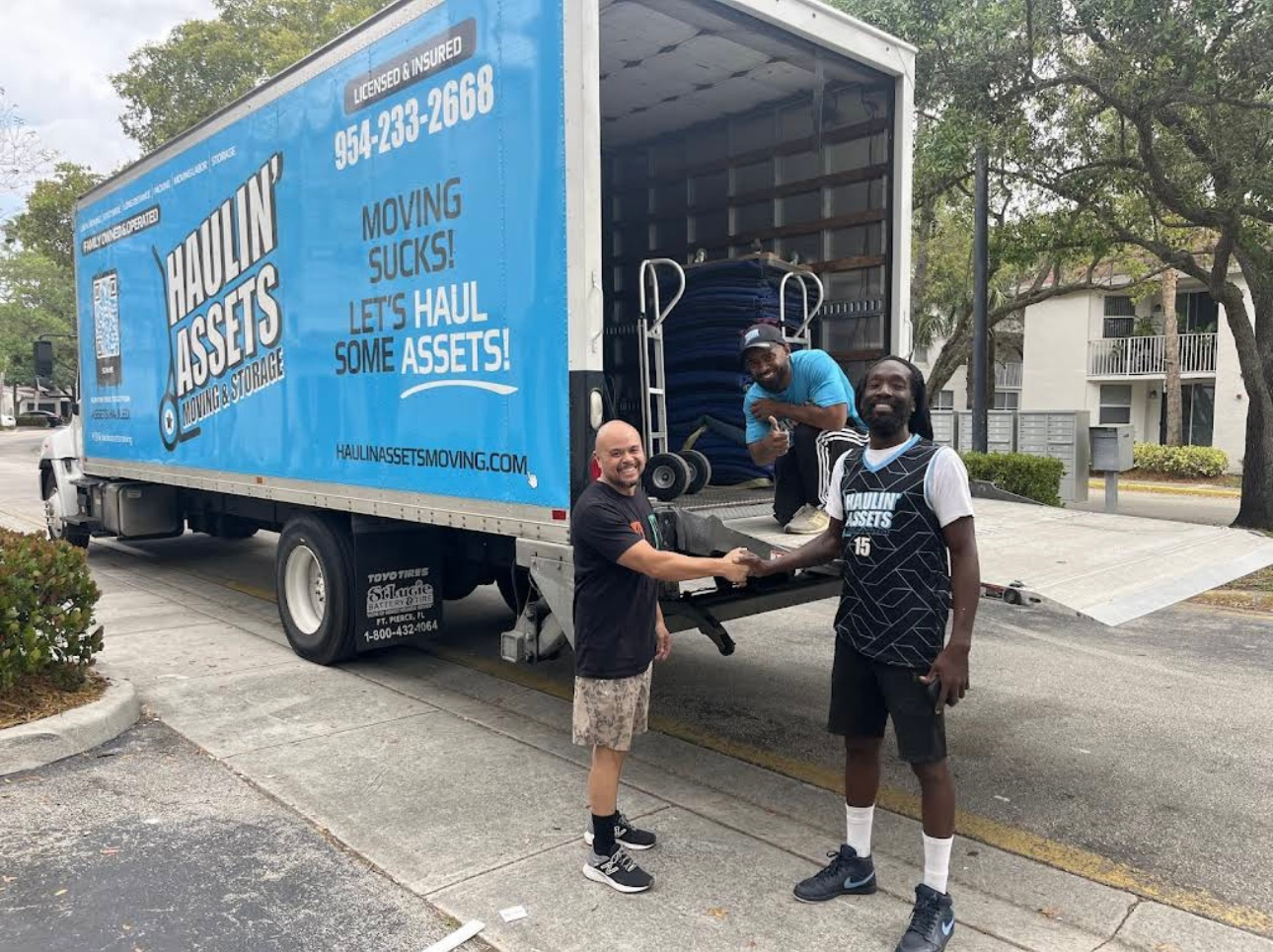Blog
The Top-Rated Movers in Florida –
Reliable, Professional, Stress-Free Moving


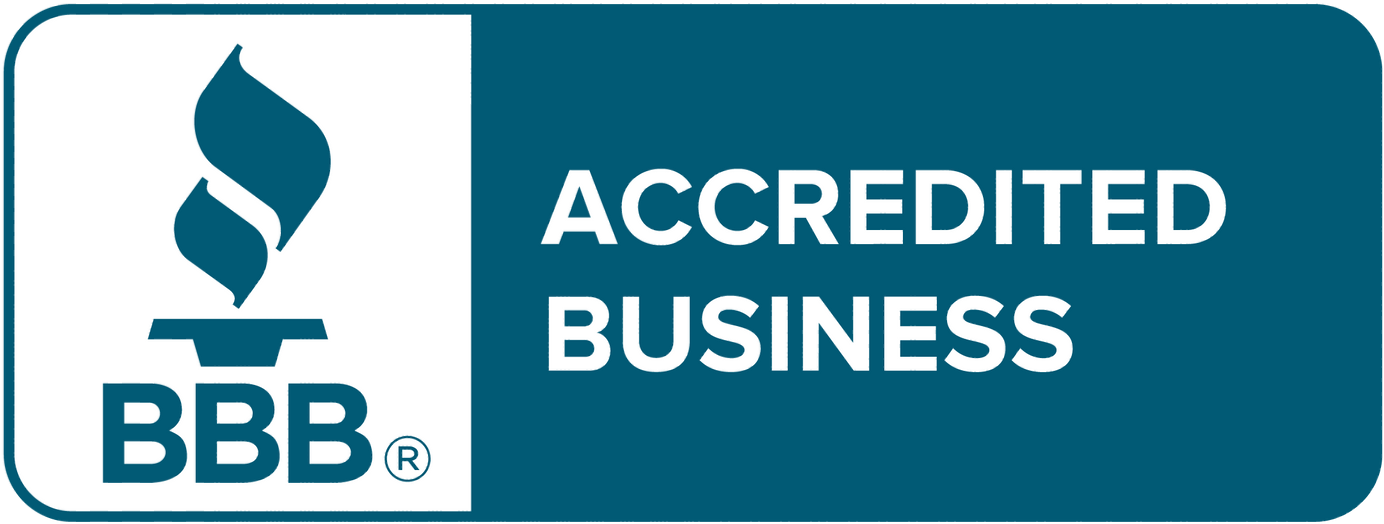
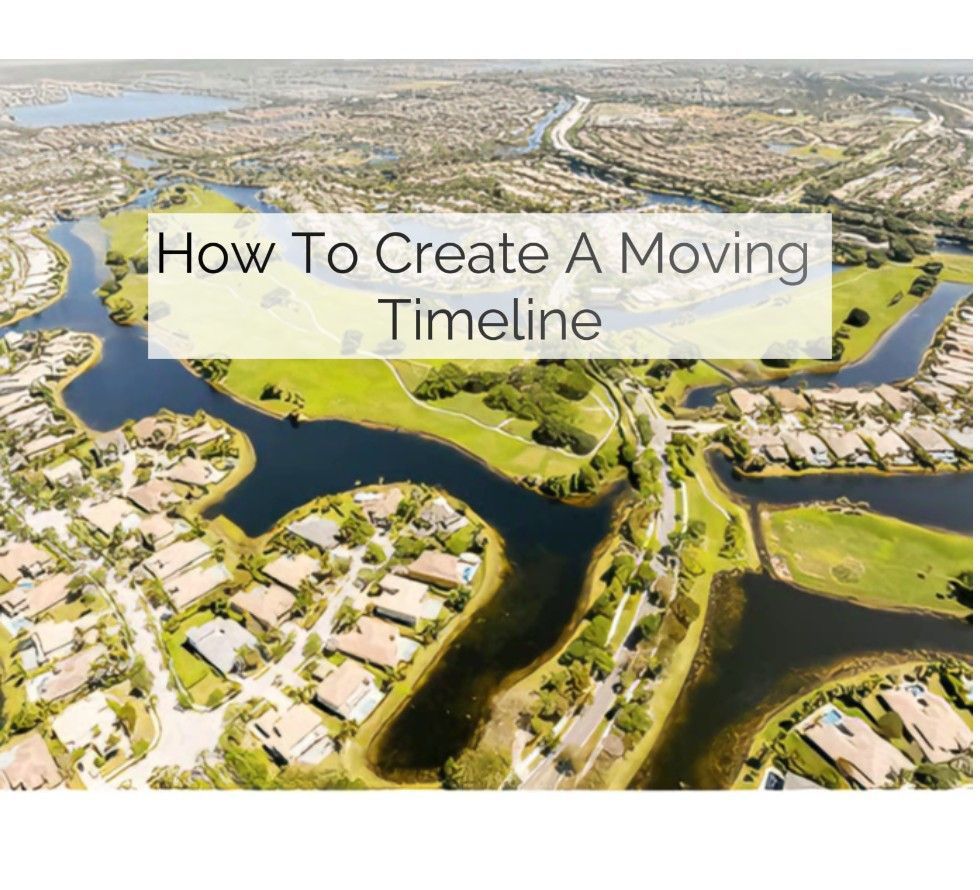
Moving can feel like a monumental task , often leading to unexpected stress and last-minute scrambling. However, with the right strategy , you can transform a chaotic relocation into a smooth , organized, and even enjoyable experience. The secret lies in understanding how to create a moving timeline. A well-structured moving timeline acts as your personal roadmap, guiding you through each stage of the process, from the initial planning to settling into your new home. It breaks down overwhelming tasks into manageable steps, ensuring nothing is overlooked. This proactive approach not only minimizes stress but also helps you stay on budget and on schedule. Why is a Moving Timeline Essential for a Stress-Free Relocation? A moving plan is essential because it provides a structured plan, allowing you to tackle tasks progressively rather than all at once. Without a timeline, it's easy to feel overwhelmed, forget crucial steps, and end up rushing important decisions. Studies show that moving is one of life's most stressful events, often ranking alongside divorce or job loss. A well-executed timeline, however, significantly reduces this anxiety by spreading the workload over several weeks or months. It helps you prioritize, delegate, and maintain control, ensuring a more organized and efficient transition. For instance, reputable companies often advise their clients to start planning at least 8-12 weeks out, emphasizing the importance of a phased approach to packing, sorting, and logistics. When Should You Start Planning Your Moving Timeline? You should ideally start planning your move as soon as you know your moving date, or at least 8-12 weeks before your desired move. The earlier you begin, the more relaxed and organized your move will be. While some moves are sudden, most allow for ample preparation time. For long-distance moves or moves during peak season (May to September), starting even earlier, say 3-4 months out, is highly recommended. This allows you ample time to research moving companies, compare quotes, declutter effectively, and address any unexpected issues without feeling rushed. Haulin' Assets Moving & Storage recommends booking your local movers services in advance, especially if you have specific dates in mind, to secure availability and potentially better rates. What Are the Key Phases of a Moving Timeline? A Moving checklist typically includes pre-move preparation, active packing and logistics, and post-move settlement. Breaking down the moving process into these distinct phases makes it easier to manage and track your progress.

Moving can be an exciting new chapter, but the thought of packing delicate and irreplaceable items often brings a wave of anxiety. From cherished family heirlooms to everyday dishware, ensuring your fragile possessions arrive at their new destination in one piece is paramount. The good news is that with the right techniques and materials, packing fragile items safely is entirely achievable. This will walk you through the essential steps and best safely practices, whether you're moving across town or across the country, proper preparation is key. Why is it Crucial to Pack Fragile Items Safely? It is crucial to pack fragile items safely to prevent damage, breakage, and loss during the unpredictable process of moving. Items that are not properly secured or cushioned are highly susceptible to impact, vibration, and pressure changes. Beyond the monetary cost of replacing broken items, there's often an immeasurable sentimental value attached to many fragile possessions. A broken antique vase or a shattered photo frame can represent a significant emotional loss. According to industry statistics, improper packing is a leading cause of damage claims during moves. Our l ocal movers understand Florida neighborhoods, traffic patterns, and timing. Taking the time to properly secure these items reduces stress and ensures your precious belongings arrive intact, preserving their value and your peace of mind. What Materials Do You Need to Pack Fragile Items Safely? To pack fragile items safely, you will need a selection of specialized packing materials designed to cushion and protect delicate objects. Essential materials include sturdy moving boxes, ample packing paper, bubble wrap, packing tape, markers, and specialized inserts where applicable. Sturdy Moving Boxes: Always opt for new, double-walled corrugated boxes for fragile items. Used boxes may have compromised structural integrity. Look for boxes specifically labeled for dishes, glassware, or electronics. Packing Paper/Newsprint: Unprinted newsprint or plain packing paper is excellent for wrapping individual items, providing a protective layer against scratches and minor impacts. Avoid newspapers for items that could be stained by ink. Bubble Wrap: A must-have for cushioning. Large bubble wrap is great for larger items, while small bubble wrap is ideal for smaller, more intricate objects. Packing Tape: Strong, reliable packing tape is essential for securing boxes. Use a dispenser for efficiency. Markers: For clearly labeling boxes as "FRAGILE" and indicating their contents and destination room. Dish Pack Inserts: Cell kits or dish pack inserts create individual compartments within a box, preventing items from shifting and colliding. These are highly recommended for plates, bowls, and glasses. Furniture Pads/Moving Blankets: For larger, delicate items like mirrors, artwork, or delicate furniture, these provide a thick layer of protection. Scissors/Box Cutter: For cutting tape and packing materials. What is the Best Way to Pack Dishes and Glassware? The best way to pack dishes and glassware involves wrapping each item individually and placing them strategically in a sturdy box, ensuring proper cushioning at the bottom, top, and between layers. This method minimizes direct contact and provides maximum shock absorption. Follow these steps for packing dishes and glassware safely: Prepare the Box: Line the bottom of a dish pack box (or a sturdy double-walled box) with a generous layer (4-6 inches) of crumpled packing paper or bubble wrap. This provides essential cushioning. Plates and Flat Items: Wrap each plate individually with 2-3 sheets of packing paper. Stack plates on their edge (like records in a crate) rather than flat. This provides more resistance to impact. Place a sheet of crumpled paper between each plate for added protection. For sets, wrap 2-3 plates together after individual wrapping, then wrap the bundle. Bowls: Nest smaller bowls within larger ones (if they fit snugly without touching the sides), with a sheet of crumpled paper between each. Wrap the entire nested stack. Pack bowls right-side up in the box, similar to how they'd sit on a shelf. Glasses and Stemware: Stuff the inside of each glass or cup with crumpled paper. Wrap each piece individually with 2-3 sheets of packing paper, paying extra attention to stems and handles. For wine glasses or delicate stemware, consider an additional layer of bubble wrap around the stem. Place glasses upright in the box, never on their sides. Use cell kits or dividers whenever possible for glasses, as they provide individual compartments. Layering and Cushioning: As you fill the box, create layers separated by crumpled paper or thin sheets of cardboard. Fill any empty spaces within the box with crumpled paper or bubble wrap to prevent shifting. The goal is a snug, but not overly tight, fit. Top Cushioning: Once the box is full, add another generous layer (4-6 inches) of crumpled packing paper or bubble wrap on top before sealing. Seal and Label: Seal the box securely with packing tape. Clearly label the box on multiple sides as "FRAGILE," indicate the contents (e.g., "Kitchen - Glasses"), and specify "THIS SIDE UP" with arrows pointing upwards.

Coconut Creek, known as the "Butterfly Capital of the World," is not only a hot spot for nature lovers but also a burgeoning foodie destination. Located in Broward County, this charming city offers a diverse culinary landscape that reflects both local and international flavors. The fusion of cultural influences has fostered a vibrant dining scene that ranges from casual bites to upscale dining experiences. Whether you're into classic American comfort food or exotic international dishes, Coconut Creek, FL has something to satisfy every palate. Key Points: Diversity of cuisine: Reflects various cultural influences. Range of dining options: From fast-casual to fine dining. Atmospheric variety: Enjoy meals in lush, scenic settings or trendy, modern spaces. How Were The Top 6 Restaurants Chosen? Selecting the top 7 restaurants in Coconut Creek, FL, was no easy task. To ensure a well-rounded and dependable list, we employed a comprehensive selection process based on various key factors. Here’s a breakdown of the criteria we used: Criteria for Selection: Food Quality: Taste, freshness, and presentation of the dishes. Service: Friendliness, efficiency, and knowledge of the staff. Ambiance: The atmosphere and decor of the restaurant. Value for Money: Comparing quality and price. Customer Reviews: Feedback from platforms like Yelp, Google Reviews, and TripAdvisor. Consistency: Ability to deliver high-quality dining experience consistently. Sources: Food Reviews: We analyzed detailed reviews from trusted food critics. Local Guides: Recommendations from local area guidebooks. Customer Feedback: Consolidated insights from various online review platforms. By taking these factors into account, we were able to compile a list of restaurants that not only stand out for their culinary excellence but also offer an inclusive and delightful dining experience.
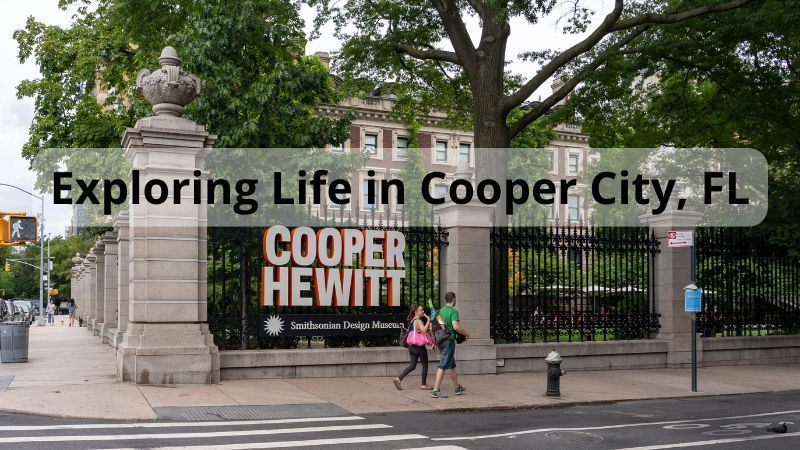
Welcome to our guide on moving to and living in Cooper City, FL ! If you’re considering relocating to this charming city, we’re here to provide you with all the information you need to make your transition smooth and stress-free. At Haulin’ Assets Moving & Storage, located in Pompano Beach, FL, we specialize in full-service moving to ensure your move is effortless. Discovering Cooper City, FL Cooper City, FL, is a small city located in Broward County. Known for its community feel and family-friendly environment, it offers a great quality of life with various amenities. Historical Background Cooper City was founded in 1959 by Morris Cooper. Since then, it has grown into a vibrant community with a population of over 35,000 residents. The city celebrates its rich history with various community events and historical landmarks. Demographics The population of Cooper City is diverse, with a mix of age groups and cultural backgrounds. The city boasts a median age of around 40 years and is known for its welcoming community spirit. Geographic and Climatic Features Cooper City enjoys a tropical climate, with hot summers and mild winters. The average temperature ranges from 60°F in the winter to 91°F in the summer. The city is known for its lush greenery and abundance of parks, which makes it a great place for outdoor enthusiasts. Cost of Living in Cooper City Understanding the cost of living is crucial when deciding to move to a new city. Cooper City offers a balanced mix of affordability and comfort, making it an ideal place for families, professionals, and retirees alike. Housing Market The housing market in Cooper City is diverse, with options ranging from cozy apartments to spacious family homes. Whether you’re looking to buy or rent, there’s something for everyone. Buying a Home The median home price in Cooper City is around $730,000. This price can vary depending on the neighborhood, the size of the home, and the property's amenities. Popular Home Features: Spacious yards: Ideal for families and pets. Modern kitchens and bathrooms: Enhances the living experience. Community amenities: Many neighborhoods offer pools, parks, and clubhouses. Renting Options For those not ready to buy, renting is a viable option. The average rent for an apartment in Cooper City is approximately $1,700 per month. Rental properties range from single-bedroom apartments to larger homes. Utilities and Monthly Expenses Living in Cooper City entails some standard monthly expenses. On average, residents spend around $300-400 per month on utilities, which include electricity, water, and gas. Employment and Economic Opportunities Cooper City boasts a robust job market with opportunities spanning various industries. Major Employers in Cooper City Prominent employers include healthcare facilities, educational institutions, and retail companies. The nearby city of Fort Lauderdale also offers additional employment opportunities. Job Market and Industry Sectors Key industries in the area include: Healthcare: Numerous hospitals and healthcare providers. Education: Several top-rated schools and educational institutions. Retail: Various shopping centers and stores providing diverse job options. Commuting to Nearby Cities Many residents commute to nearby cities like Fort Lauderdale and Miami for work, benefiting from Cooper City’s central location. Tips for Job Seekers Networking: Engage with local job fairs and community events. Online Resources: Utilize online job boards and company websites. Community Involvement: Join local professional groups and organizations. Things to Do in Cooper City Cooper City offers a rich array of activities and attractions for residents of all ages. Parks and Outdoor Activities The city's parks provide ample recreational opportunities. Top Parks and Recreation Areas Brian Piccolo Park: Offers sports fields, biking trails, and picnic areas. Flamingo West Park: Features playgrounds, walking paths, and open green spaces. Sports Facilities Residents can enjoy athletic activities at local sports complexes, including tennis courts and swimming pools. Popular Shopping Centers Countryside Shops: A bustling hub with numerous retail stores and restaurants. Cooper Square: Offers a mix of shopping and dining experiences.

Coconut Creek, often referred to as The Butterfly Capital of the World, is a charming city located in Broward County, Florida. The city is known for its lush greenery, sparkling lakes, and community-focused atmosphere. With a population of around 60,000 residents, Coconut Creek, FL offers a blend of suburban comfort and urban convenience. Importance of Education in Coconut Creek Education is a cornerstone in Coconut Creek, reflecting the community's family-oriented values and commitment to fostering a bright future for its younger generation. The local governance places high importance on educational initiatives, ensuring that schools in Coconut Creek are well-equipped and staffed by dedicated professionals. In this guide, we delve deeply into Coconut Creek's educational landscape to help families navigate the school system, make informed decisions, and ensure a smooth transition if they are moving to the area.

Welcome to Cooper City, Florida! Nestled in the heart of Broward County, Cooper City, FL is a family-friendly community known for its lovely parks, excellent schools, and welcoming atmosphere. If you're considering a move, look no further! Our full-service moving company, Haulin’ Assets Moving & Storage in Pompano Beach, FL, is here to make your relocation seamless. Brief History of Cooper City Founded in 1959 by Morris Cooper, this charming city originally began as a small community surrounded by farmland. Over the years, Cooper City has transformed into a vibrant and dynamic neighborhood while still maintaining its small-town feel. Historical landmarks and community milestones have shaped it into the beloved city it is today. Location and Accessibility Proximity to Major Cities Cooper City is conveniently located in Broward County and enjoys close proximity to some of South Florida's major cities: Miami: Approximately 25 miles south Fort Lauderdale: Roughly 12 miles east These nearby cities offer additional employment opportunities, entertainment options, and cultural attractions, making Cooper City an ideal base for those who want a quieter home life without sacrificing access to urban amenities. Transportation Options Navigating Cooper City and the surrounding areas is straightforward thanks to a variety of transportation options: Public Transportation: Broward County Transit (BCT) provides bus services throughout the region, including routes that connect to Fort Lauderdale and Miami. Major Highways and Roads: Cooper City is close to major highways like I-75, I-595, and the Florida Turnpike, making car travel efficient. Airports: The city is within easy reach of two major airports: Fort Lauderdale-Hollywood International Airport (FLL): About 10 miles away Miami International Airport (MIA): Approximately 25 miles away These transportation options make Cooper City a convenient location for both daily commutes and longer trips. Living in Cooper City Cost of Living Living in Cooper City offers a balanced lifestyle without the exorbitant costs often associated with nearby larger cities. According to recent data: Average Monthly Expenses: The cost of living in Cooper City is slightly higher than the national average but is more affordable than Miami or Fort Lauderdale. Utilities: Relatively low utility costs contribute to the overall affordability. Quality of Life: While the cost of living is moderate, the high quality of life in terms of schools, parks, and community services justifies the expense. Real Estate Market Types of Housing Cooper City’s housing market offers a variety of options to suit different needs and budgets. The primary types of housing include: Single-Family Homes: Ideal for families seeking spacious living environments, these homes often come with large yards and are located in family-friendly neighborhoods. Apartments and Condos: These are great for singles or smaller families who prefer less maintenance and modern amenities. Notable Developments The real estate market is booming with: Recent Projects: Several modern housing developments have been introduced, including luxury townhomes and gated communities. Upcoming Developments: Planned developments aim to offer even more housing options and community amenities in the coming years. Rental Market For those not ready to buy, the rental market is also robust: Average Rent Prices: Average rents for apartments and single-family homes are competitive but reflect the high demand for housing in this desirable area. Housing Demand: Due to its excellent schools and community feel, rentals in Cooper City are highly sought after, sometimes leading to waitlists for desirable properties.
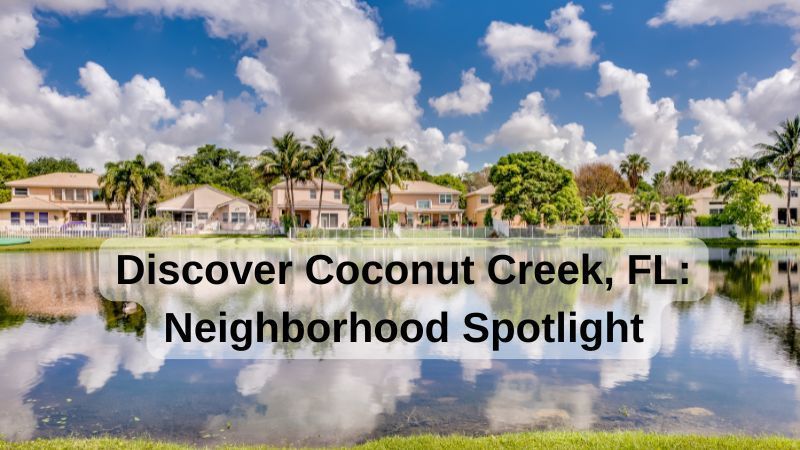
Introduction to Coconut Creek, FL: Nestled in Broward County, Coconut Creek is a vibrant city known for its lush greenery and charming neighborhoods. Often referred to as the "Butterfly Capital of the World," Coconut Creek offers a harmonious blend of suburban comfort and natural beauty, making it an ideal destination for families, retirees, and young professionals alike. Historical Background: Founded in the 1960s, Coconut Creek, Florida has grown into a dynamic community over the decades. Originally part of nearby Pompano Beach, the area was developed with an emphasis on preserving natural landscapes and wildlife. Today, it stands as a testament to balanced growth and environmental sustainability. Living in Coconut Creek Demographics Population Statistics: As of the latest census, Coconut Creek boasts a population of approximately 60,000 residents. The city's population has seen a steady increase, reflecting its growing popularity. Diversity and Community: Coconut Creek is known for its diverse and inclusive community. The city hosts a mix of cultures and backgrounds, contributing to a vibrant local culture. Community events and festivals further strengthen these bonds, providing ample opportunities for residents to connect. Housing Types of Homes Available: Whether you're looking for a cozy apartment or a spacious single-family home, Coconut Creek has something for everyone. The city offers a variety of housing options, including condominiums, townhomes, and luxury estates. To assist with your move to Coconut Creek, consider our services at Haulin’ Assets Moving & Storage for a seamless transition. Notable Residential Areas: Some of the most sought-after neighborhoods include: Winston Park: Known for its excellent schools and family-friendly environment. Cocoplum: Features beautiful gated communities and amenities. Regency Lakes: Offers a mix of modern homes and recreational facilities. Quality of Life Community and Lifestyle Family-Friendly Environment: With excellent schools, numerous parks, and family-friendly events, Coconut Creek is perfect for families. Community Engagement and Events: Community spirit is strong with events such as: Monthly Farmer’s Markets Annual Festival of Lights Senior Living and Retirement Options: The city offers retirement communities like: Wynmoor Village Cenegenics Elite Health Environment and Sustainability Green Initiatives and Programs: Coconut Creek is acclaimed for its environmental stewardship, hosting programs like: Green Business Certification Community Garden Initiatives Climate and Weather Patterns: Enjoy a tropical climate with warm, sunny weather year-round.

Moving to a new place involves more than just packing boxes and transporting furniture. It's about starting a new chapter in a vibrant community. If you're considering a move to Coconut Creek, FL , Haulin’ Assets Moving & Storage is here to ensure a smooth and stress-free transition. Our comprehensive moving services in Pompano Beach, FL, cover everything from packing to storage, allowing you to focus on embracing your new lifestyle in Coconut Creek. Unveiling Coconut Creek, FL: A Lifestyle Paradise Nestled in the heart of Broward County, Coconut Creek, FL, is often referred to as the "Butterfly Capital of the World." This lush city offers a unique blend of suburban charm and natural beauty, making it a desirable place to live for families, professionals, and retirees alike. About Coconut Creek, FL History and Founding of Coconut Creek Coconut Creek was officially incorporated on February 20, 1967. The city's name was inspired by the vast number of coconut trees planted by early developers. Initially a family-oriented community, Coconut Creek has transformed into a thriving city with a strong commitment to preserving its natural environment. Interesting Fact: Coconut Creek is home to Butterfly World, the country’s largest butterfly aviary, attracting numerous visitors each year. Demographics and Population Insights Coconut Creek is a rapidly growing community with a population of around 60,000 residents. The city's growth can be attributed to its attractive lifestyle, excellent amenities, and strategic location. Demographic Overview: Age Distribution: The city has a balanced mix of age groups, with a significant number of young families, professionals, and retirees. Diversity: Coconut Creek is a diverse community with a blend of various cultures and ethnic backgrounds, reflecting the broader diversity of South Florida. Income: The average household income is slightly higher than the national average, which speaks to the relative affluence of the community. Climate and Weather Patterns Coconut Creek enjoys a tropical rainforest climate, characterized by hot, humid summers and mild, dry winters. The abundance of sunshine makes it a perfect place for outdoor activities year-round. Average Temperatures: Summer: Highs of around 90°F Winter: Comfortable lows around 55°F Rainfall: Wet season: May to October Dry season: November to April
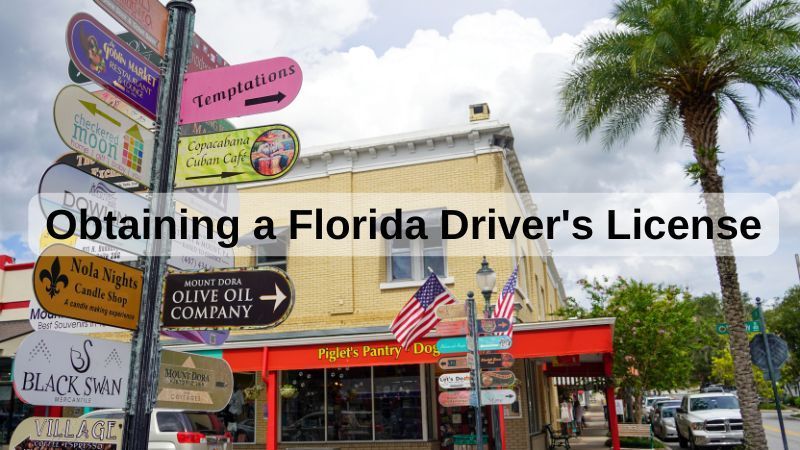
A driver's license is an official document that allows a person to operate motor vehicles legally. It's more than just a piece of plastic—it represents responsibility and freedom. In Florida , there are various types of licenses tailored to different needs, from everyday driving to commercial trucking. Who Needs a Florida Driver's License? If you live in Florida and plan to drive on its roads, you need a Florida driver’s license. Here are a few details: Residents: If you live in Florida and plan to drive, you need to get a state driver’s license within 30 days of becoming a resident. Non-residents: Tourists and temporary residents may use their out-of-state or international licenses for a short period. Special cases like military personnel and students may have different requirements. Always check the latest regulations to be sure. Eligibility Criteria Age Requirements To obtain a Florida driver's license, you need to meet certain age criteria: Minimum Age: The minimum age to apply for a learner’s permit in Florida is 15 years old. For a full, unrestricted driver’s license, you must be at least 18 years old. Drivers Under 18: If you're under 18, there are additional requirements. For instance, you must hold a learner’s permit for at least 12 months without any traffic convictions before applying for a driver's license. Physical and Mental Fitness Your physical and mental fitness is crucial for safe driving: Health Conditions: Some health conditions might affect your ability to drive. For example, severe epilepsy or poor eyesight must be managed carefully. Medical Examinations: In some cases, you might need a medical examination to prove you're fit to drive. This can include vision tests and evaluations from a doctor if you have a condition that might impair your driving. Types of Florida Driver's Licenses Class E – Standard Driver’s License The Class E license is the most common type of driver's license for personal vehicle operation in Florida: Vehicles and Usage: This license allows you to drive non-commercial vehicles such as cars, trucks, and SUVs. It’s suitable for day-to-day driving needs. Key Features and Restrictions: With a Class E license, you can drive non-commercial vehicles weighing less than 26,001 pounds. However, driving commercial vehicles or motorcycles requires additional endorsements. Commercial Driver's Licenses (CDL) If you plan to drive commercial vehicles, you'll need a Commercial Driver's License (CDL): Classes: Class A: Allows you to operate large vehicles or combinations of vehicles, such as tractor-trailers. Class B: Permits you to drive single vehicles over 26,001 pounds, like buses and large trucks. Class C: For driving vehicles designed to transport 16 or more passengers, including the driver, or hazardous materials. Special Endorsements: Additional endorsements might be necessary for specific types of commercial driving, such as transporting hazardous materials or passengers. Learner's Permits A learner’s permit is the first step for new drivers: Purpose and Limitations: The permit allows beginners to practice driving with certain restrictions. For example, you can only drive during daylight hours for the first three months and must always be accompanied by a licensed driver who is 21 or older. Transitioning: After holding a learner's permit for at least 12 months without any traffic offenses, you can apply for a full driver’s license.
Move Smarter, Not Harder!
Get your FREE moving estimate today—call now or request a quote online. Let Haulin’ Assets Moving & Storage handle the heavy lifting so you don’t have to!



